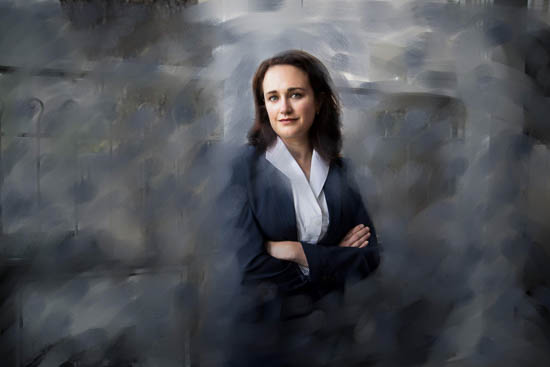
Images has been through a large transformation over the past number of decades. From movie rolls and darkrooms to mirrorless cameras and AI modifying, the evolution continues to be rapid and relentless. What was the moment an analog craft now leans seriously into your digital realm, and For lots of photographers, this shift offers the two option and challenge. Individuals that fall short to adapt hazard being left powering inside a aggressive market where by remaining latest is essential. Knowledge how photography has developed is step one in recognizing the significance of keeping aligned with now’s cutting-edge equipment and tactics.
Up to now, a photographer’s talent was calculated mainly by their ability to get the job done with guide options, lighting, film kinds, and Bodily prints. Developing photos demanded chemical knowledge and entry to a darkroom. On the other hand, digital cameras disrupted the status quo, building photography much more available and fewer high-priced. Using the increase of DSLRs and mirrorless units, photographers now not essential movie or progress labs. Instantaneous impression previews, bigger ISO capabilities, And large storage choices intended photographers could shoot extra, experiment freely, and learn more quickly. But this electronic increase also launched new troubles—competition elevated, and simply owning an excellent digital camera was not sufficient to get noticed.
Right now, the photography business is deeply intertwined with technology. AI-pushed modifying tools like Lightroom’s subject matter masking or Photoshop’s generative fill have redefined put up-processing. Platforms like Skylum Luminar and Topaz Labs give sound reduction and graphic upscaling that might happen to be unattainable ten years ago. Even smartphones, once mocked by industry experts, now generate high-resolution RAW photographs and provide Innovative features like portrait method, night time images, and authentic-time HDR. The actively playing industry has shifted significantly, and traditionalists have to settle for that more recent more info technological know-how generally enhances in lieu of diminishes the artwork of photography.
Outside of hardware and software program, technological know-how now dictates more info how photographers hook up with clients and develop their firms. Social websites platforms, SEO-optimized Internet websites, and automatic scheduling techniques are essential for advertising and read further outreach. Google My Enterprise profiles, geotagged pictures, and online testimonials typically decide irrespective of whether a shopper chooses a person photographer above another. Gurus who continue being offline or rely only on term-of-mouth marketing read further and advertising Restrict their publicity and prospective advancement. Embracing these digital applications doesn’t just assist photographers continue to be related—it permits them to work smarter and arrive at broader audiences much more successfully.
The rise of AI in images is particularly transformative. Synthetic intelligence can now review facial options to car-proper lighting, smooth skin, and also swap backgrounds in one simply click. AI-driven culling computer software allows photographers sift as a result of Countless pictures, selecting the right pictures according to expression, sharpness, and composition. In-studio, AI-Increased lights techniques routinely modify exposure and equilibrium depending on matter situation. These tools don’t exchange the photographer's creative eye—they amplify it. Individuals who devote time in Studying AI characteristics acquire a competitive edge in the two velocity and high-quality.
In conclusion, pictures is not just about mastering the shutter or being aware of the golden hour. It’s about adaptability. The craft is becoming a dynamic blend of artwork, science, and know-how. Photographers who will be ready to evolve—who find out new software program, invest in smarter gear, and embrace AI and electronic internet marketing—are better positioned for extended-term accomplishment. Those who resist, clinging to outdated procedures or dismissing technological tendencies, may possibly soon discover them selves irrelevant in a fast-paced Visible globe. To remain competitive and inventive, photographers must not read more only keep up with the evolution of images—they must lead it.